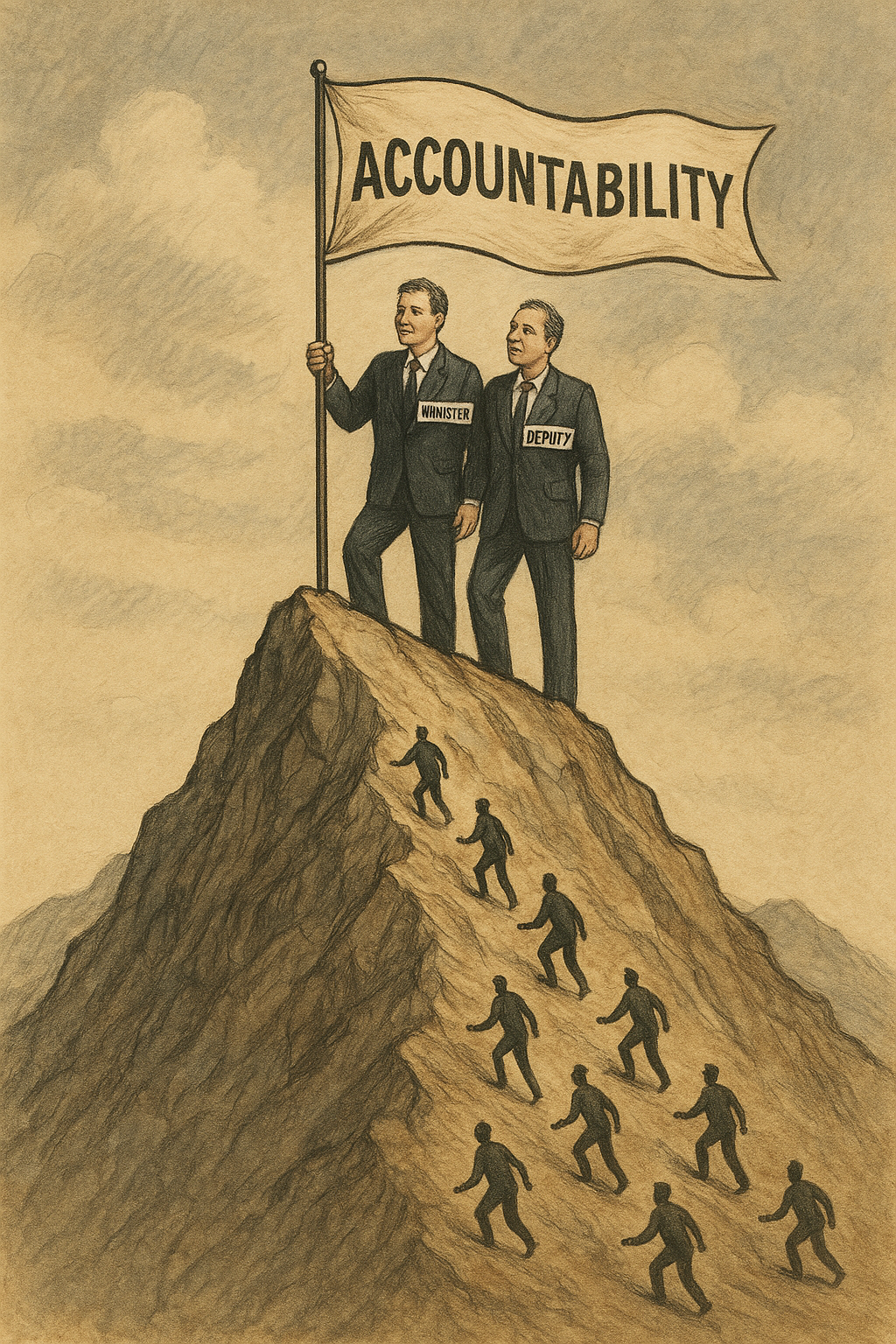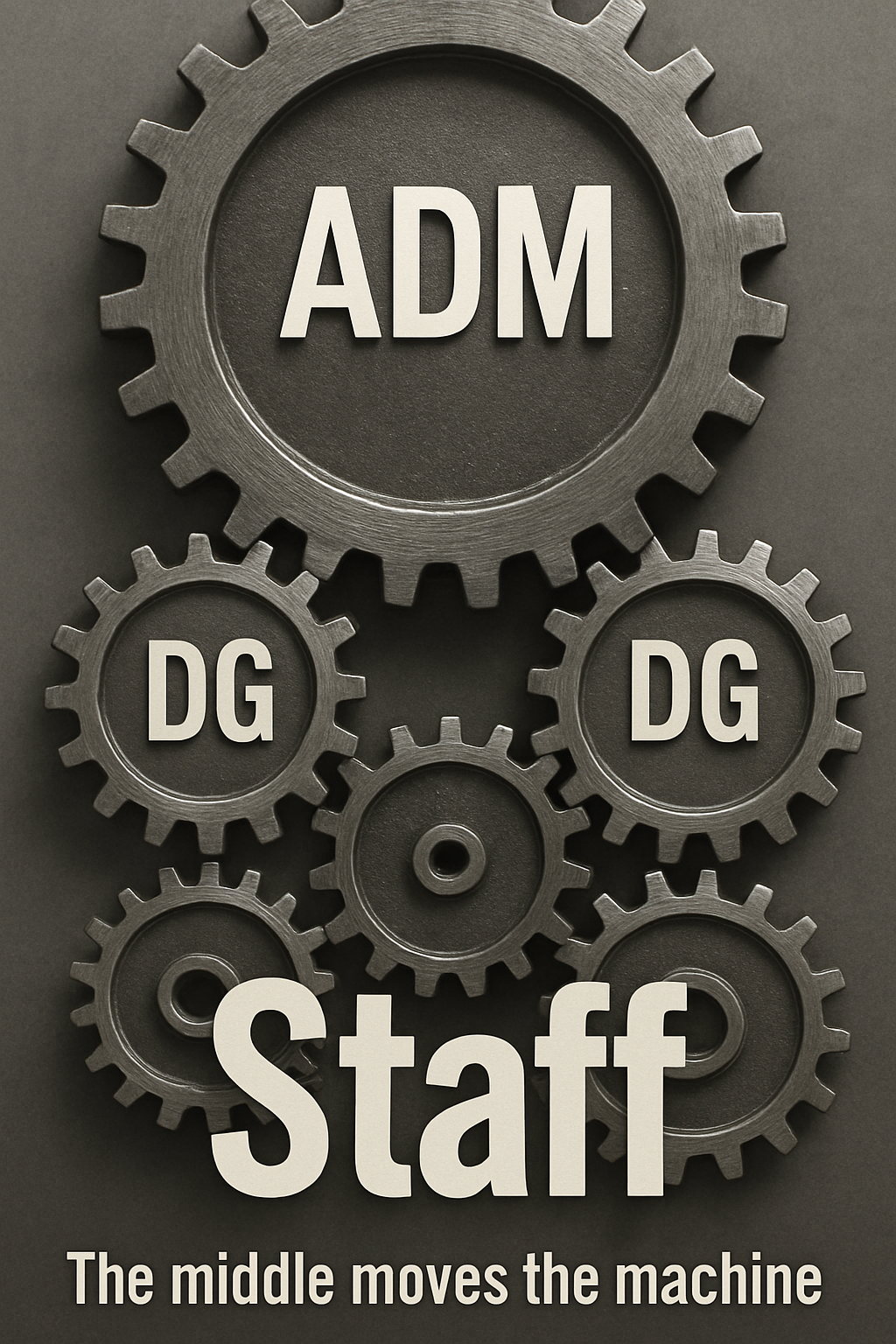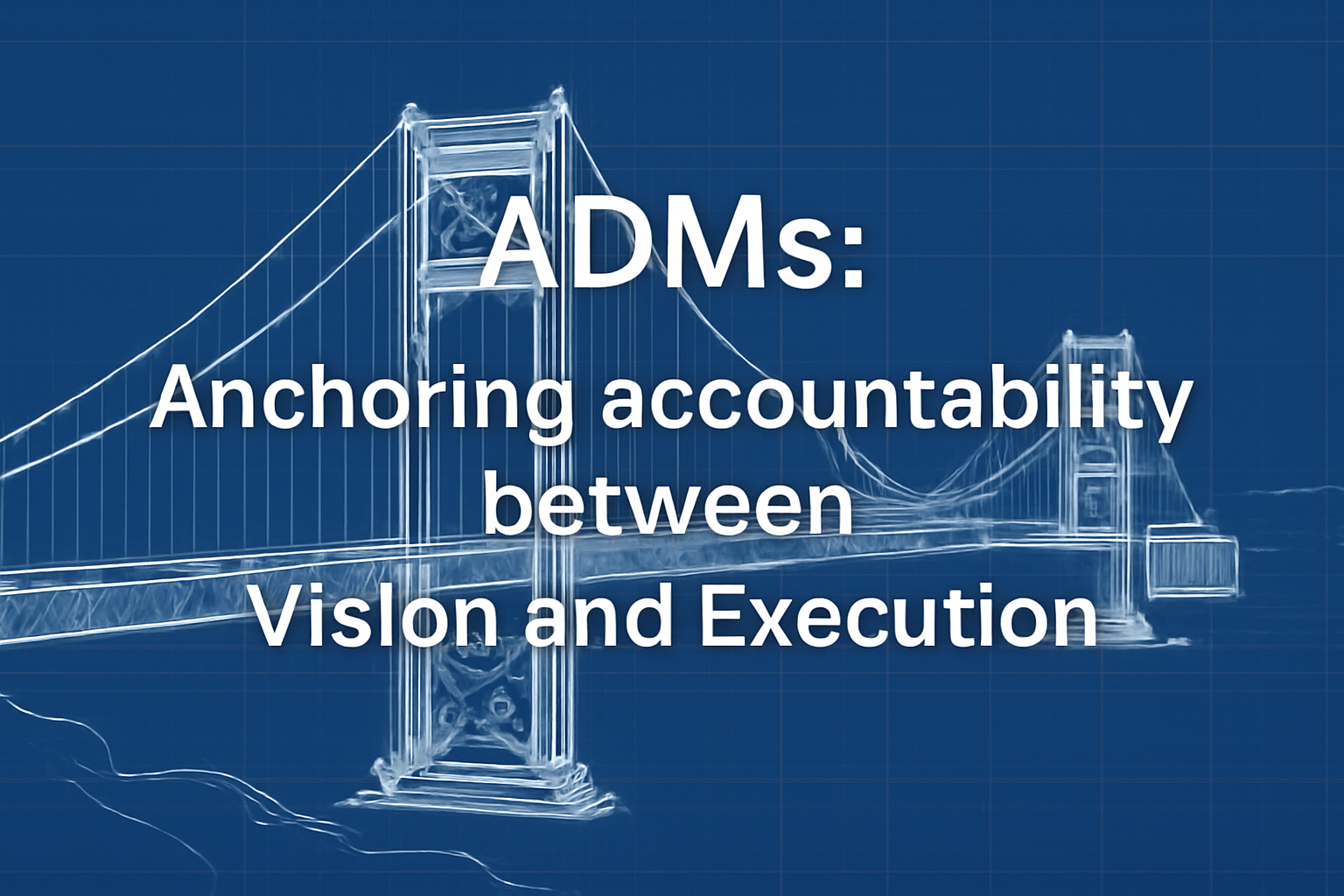Tag: government
-

Yes, Minister (au Canada!)
I prepared this op-ed as both a match assessment (betting line?) for observers and as a perspective specifically for the players involved in this intended, one-in-a-lifetime transformation of the federal government. Parliament sits with a new cabinet and lofty ambitions to get things done. It is, once again, a time of hope. Let’s temper those…
-

Driving Transformation: Ministers and Deputies as Architects of Organizational Agility
The Imperative for Agility In today’s rapidly evolving policy environment, Ministers and Deputy Ministers are expected not only to set priorities but to foster agility across the public service. Policy challenges—from climate change to digital transformation to tariffs—require the federal public service to adapt quickly without sacrificing accountability. Yet the culture of government is inherently…
-

ADMs as Drivers of Operational Transformation: From Advice to Ownership
The Operational Pivot Assistant Deputy Ministers (ADMs) occupy a unique and challenging position within the federal public service. You are entrusted with translating Deputy and Ministerial intent into operational reality while navigating a culture that prizes caution and consensus. Transformation in government is rarely straightforward. It requires more than technical expertise—it demands decisive action, cultural…
-

Directors General: Making Decisions That Shape Culture and Drive Transformation
DGs at the Operational Helm Directors General occupy a unique leadership tier in Canada’s federal public service. Situated between ADMs and Directors, DGs are responsible for translating strategic direction into operational reality. Unlike ADMs, who focus on broader portfolios, DGs must make decisions within their own domain and see them through, communicating rationale upward while…
-

Directors General and the Power of Decision: Where Culture Meets Accountability
DGs at the Crossroads Directors General (DGs) are the backbone of Canada’s federal public service. You stand between Assistant Deputy Ministers (ADMs) who provide strategic direction and Directors who manage frontline delivery. In this pivotal position, your choices determine whether programs advance with clarity—or stall in layers of hesitation. The DG role is not simply…
-

ADMs and the Weight of Responsibility: Culture, Accountability, and the Need to Decide
The Tightrope of ADM Leadership Assistant Deputy Ministers (ADMs) live at the critical juncture where government policy meets organizational reality. Unlike Ministers and Deputies, you are not setting the political agenda. Unlike Directors General (DGs), you are not solely responsible for operational delivery. Instead, you occupy the middle ground where policy intent must be translated…
-

Leadership at the Summit: Ministers and Deputies as Catalysts of Cultural Accountability
At the Peak of the Pyramid Ministers and Deputy Ministers stand at the summit of Canada’s public service and political governance structure. While the operational machinery of government depends on Directors General and Assistant Deputy Ministers, the tone, pace, and cultural priorities of the system are ultimately set at the very top. In the Westminster…
-

Decisions in the Middle: How DGs Move Beyond Advice to Action
Directors General (DGs) hold the pivotal middle ground of the federal public service. You are close enough to operations to know the realities, yet senior enough to influence strategy. In many transformations, the success or failure of implementation comes down to how DGs interpret their role: are you merely an advisor, or are you a…
-

ADM Balancing Act: Expertise, Culture, and the Courage to Decide
Assistant Deputy Ministers (ADMs) occupy one of the most complex leadership roles in the federal public service. You are expected to be the expert in your portfolio, the translator of political intent, the manager of vast operations, and the bridge between Deputies and the Directors General who implement on the ground. It is, quite simply,…

